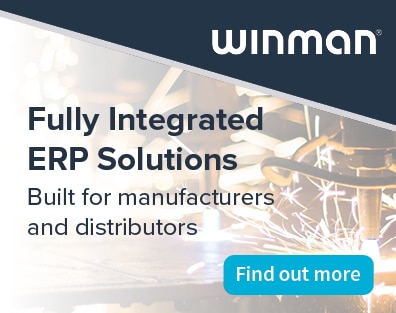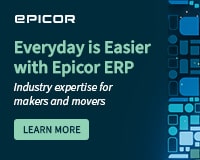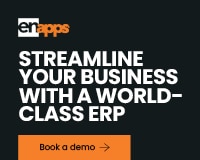Where do you start? By assessing your business requirements, including specific functionalities, integration needs, and scalability expectations. Consider factors like budget, user experience, and the vendor’s reputation and support. Then you need to thoroughly research different ERP solutions, compare their features and costs, and involve key users in the evaluation process.
If this seems a bit much here a breakdown into an easy to understand step-by-step strategy:
1. Define your needs:
Identify core business processes
Determine which processes need to be automated or streamlined (e.g., inventory management, order processing, financial accounting).
Consider industry-specific requirements
Some industries have unique compliance or regulatory needs that the ERP system must address.
Assess scalability and flexibility
Think about your company’s growth plans and ensure the ERP system can adapt to future needs.
Evaluate integration needs
Determine which other systems need to be integrated with the ERP (e.g., CRM, e-commerce platforms).
Think about user experience
Ensure the system is user-friendly and easy to navigate for your employees.
2. Research and compare ERP systems:
Explore different vendors
Research various ERP vendors and their solutions, looking for those with experience in your industry.
Compare features and functionalities
Carefully compare the features and functionalities offered by different systems to see which ones best match your requirements.
Evaluate costs
Consider the total cost of ownership, including implementation, licensing, training, and ongoing support.
Check user reviews and testimonials
Read reviews from other users to get an idea of the system’s usability and effectiveness.
Assess vendor support
Ensure the vendor offers adequate support and training resources.
3. Implementation and beyond:
- Develop a detailed project plan: Outline the implementation timeline, budget, and resource allocation.
- Plan for data migration: Ensure a smooth transition of data from your existing systems to the new ERP.
- Provide comprehensive training: Train your employees on how to use the new system effectively.
- Continuously monitor and optimize: Regularly evaluate the system’s performance and make adjustments as needed.
OR… you can save yourself all this time, and let us do the hard work for you. We assess your needs, and set you up with meetings with ERP providers that are perfect for your company.
Register for our ERP Discovery Day at itSHOWCASE, and you’ll be one step closer to finding your perfect ERP partner…
Register here






